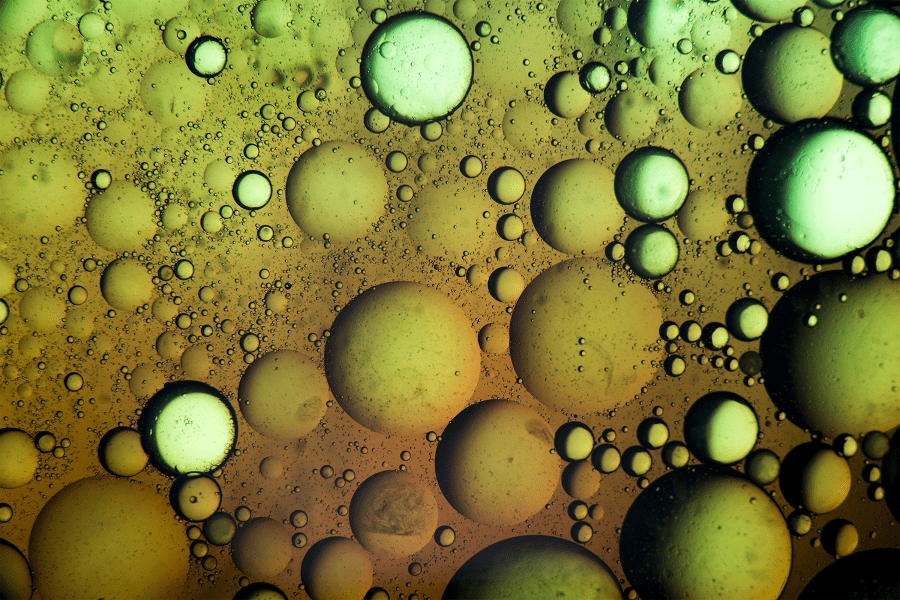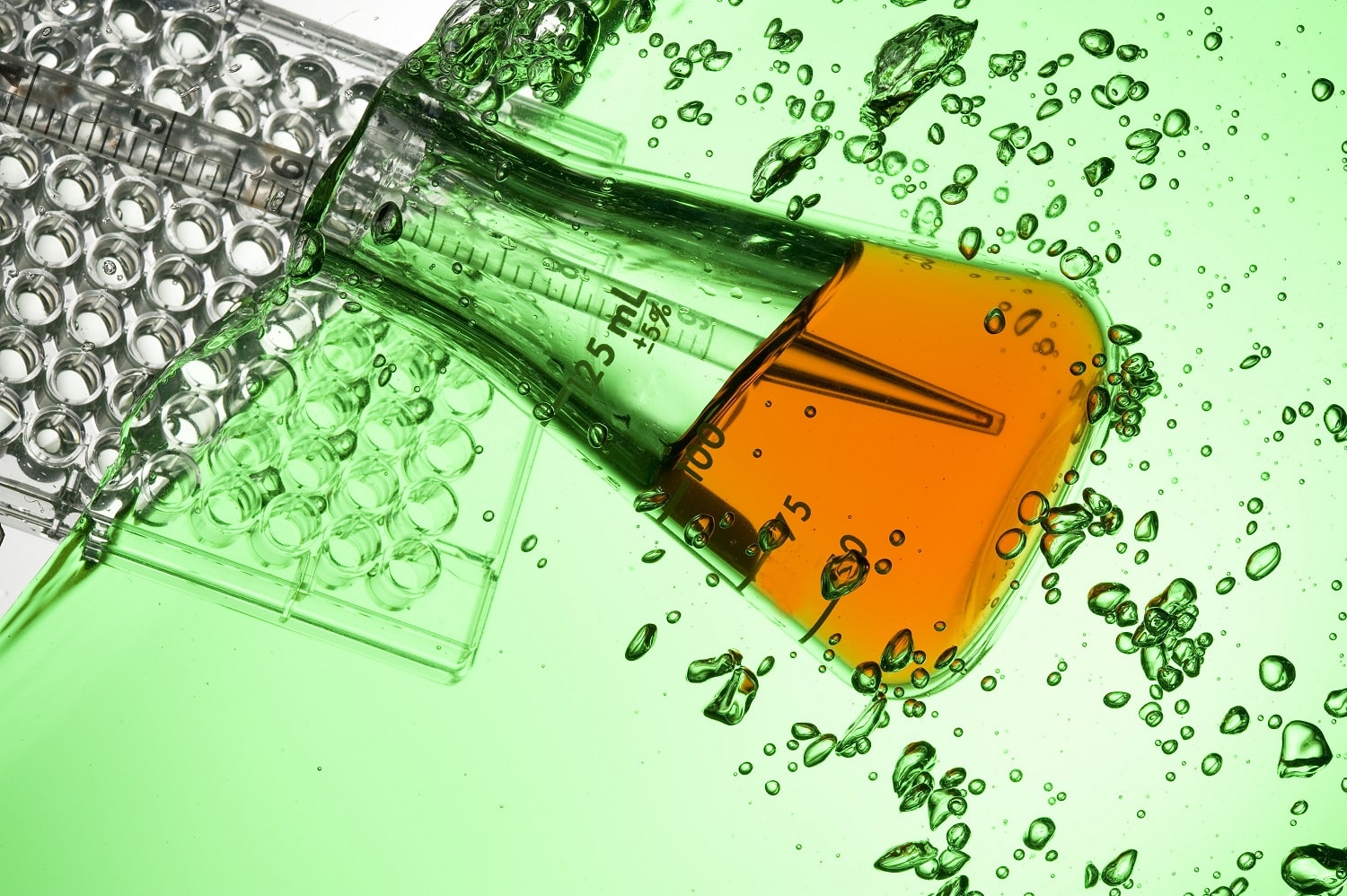Simply put, solvent evaporation rate is the rate at which a solvent evaporates ? the process of changing from liquid into vapor ? compared to the evaporation rate of another substance. Evaporation quantity is thus expressed as a ratio instead of in units. The...




